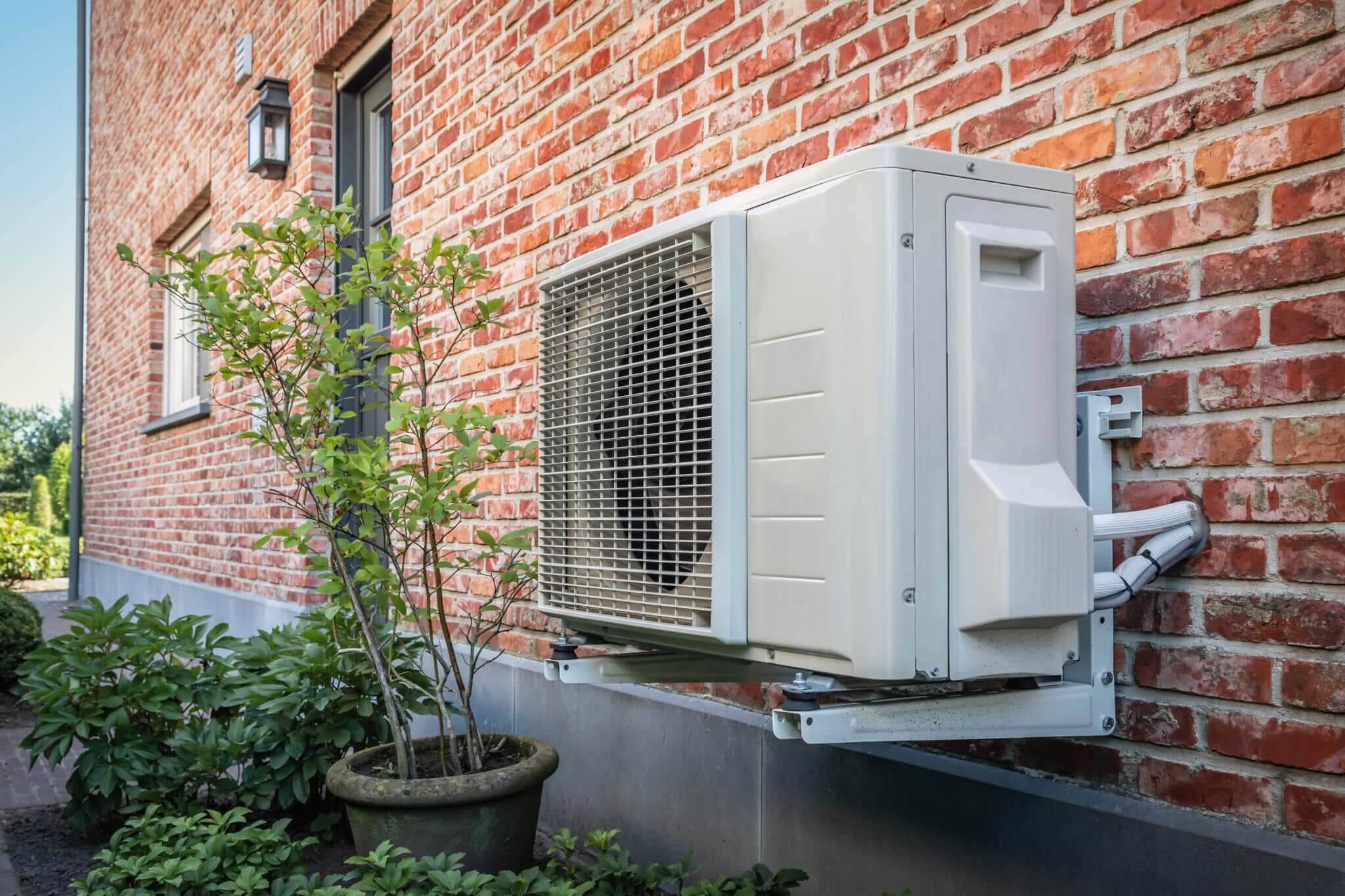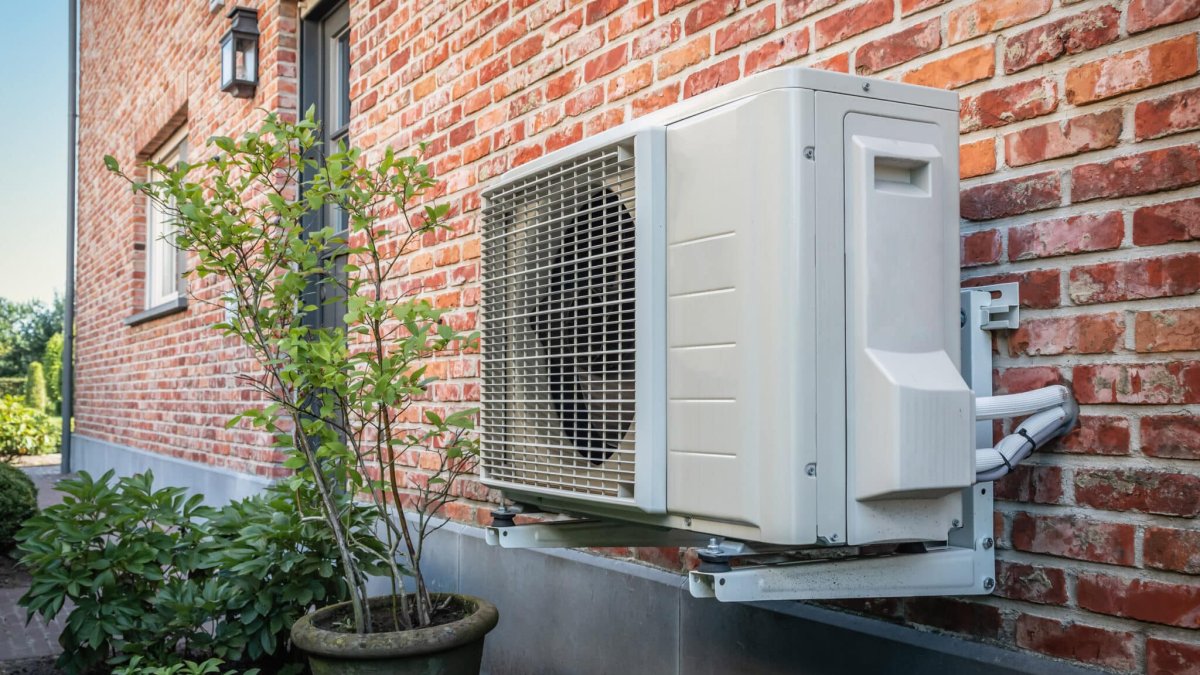
Welcome to the realm of cooling comfort and controlled climates. In this exploration, we delve into the core principles governing air conditioners, elucidating how they efficiently regulate temperature, humidity, and air quality. From the basic concepts of refrigeration to the ingenious engineering behind modern HVAC systems, this guide aims to demystify the science, making it accessible to all curious minds. Join us on a journey into the cool, refreshing world where the principles of air conditioning shape our indoor environments for optimal comfort and well-being.
It’s crucial to acknowledge the pivotal role of coolant in this cooling process. Understanding how specific coolants facilitate heat exchange within the system adds a layer of comprehension to our journey, unveiling the nuanced science that ensures the cool, refreshing environments we enjoy in our homes and workplaces.
Basic Concepts of Refrigeration
The fundamental principles of air conditioning hinge on the basic concepts of refrigeration, a cornerstone in regulating indoor climates. Refrigeration involves a cyclic process where a refrigerant transforms between gas and liquid states, absorbing and releasing heat. This phase change occurs in components like compressors, condensers, and evaporators. Compressing the refrigerant raises its temperature and pressure, leading to heat expulsion during condensation. Evaporation, in turn, absorbs heat, facilitating cooling. Understanding these basic refrigeration concepts is essential for comprehending how air conditioning systems efficiently manage temperature, creating the cool and comfortable environments integral to our daily lives.
Heat Transfer and Thermodynamics in Air Conditioning
Air conditioning relies on heat transfer mechanisms and thermodynamics to regulate temperature. Heat is transferred from the indoor environment to the refrigerant and then expelled outdoors. This process ensures efficient cooling while adhering to the laws of thermodynamics, facilitating the creation of comfortable indoor climates.
Functionality of Compressors and Condensers
Compressors play a pivotal role in air conditioning by pressurizing and circulating the refrigerant. Coupled with condensers, they facilitate heat dissipation, transforming the refrigerant from a gas to a liquid. This collaboration is essential for maintaining the continuous cycle of heat exchange, a cornerstone of effective air conditioning.
Humidity Control: Role of Evaporators
Evaporators, vital components in air conditioning, regulate humidity levels by drawing moisture from the air. As warm air passes over the cold evaporator coils, water vapor condenses and is collected or drained away. This humidity control is integral to achieving a comfortable and healthy indoor environment.
Integrated Systems: Components of Modern HVAC Technology
Modern HVAC systems integrate various components for comprehensive climate control. These include advanced sensors, programmable thermostats, and energy-efficient technologies. Understanding the synergy of these components is essential for grasping the complexity and efficiency of contemporary air conditioning systems.
Conclusion
In conclusion, the fundamental principles of air conditioning unveil the intricate science behind our cool and comfortable indoor environments. From refrigeration basics to thermodynamics and integrated HVAC technologies, this exploration emphasizes the indispensable role these principles play in creating optimal living and working conditions, shaping the way we experience climate control. In extending our understanding of air conditioning, recognizing the fundamental principles not only illuminates its intricate science but also prompts considerations for equipment longevity of central AC systems. Applying these principles judiciously, especially in central AC systems, becomes essential for sustaining efficiency, reducing wear, and ensuring enduring comfort in our indoor spaces.
Andres Walsh
Related posts
Stay connected
Today's pick
- Things to Remember While Designing Your Custom Modular Kitchen in GurgaonGurgaon now known as Gurugram is the second largest city in the state of Haryana and is a reflectiossn of an ideal modern city with futuristic goals. Witnessing rapid urbanization, it has also emerged as a hub for contemporary homes, with homeowners seeking innovative and... The post Things to Remember While Designing Your Custom Modular […]

